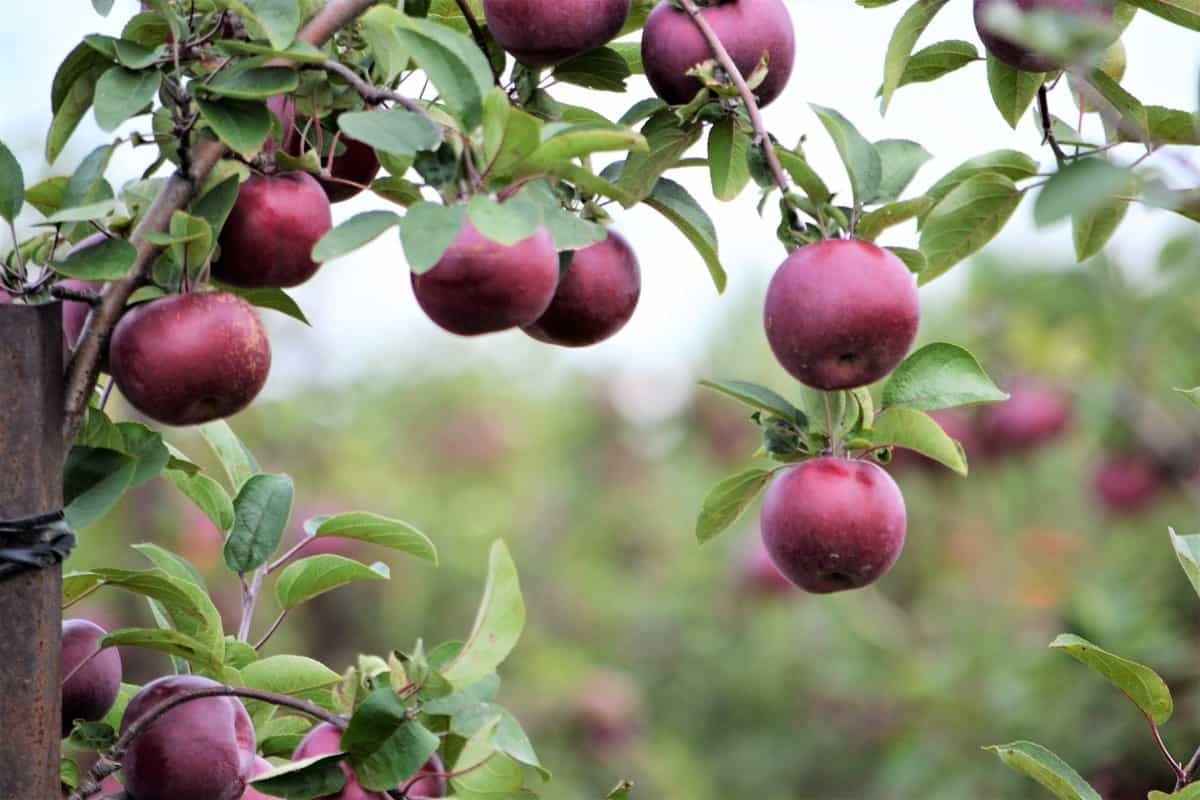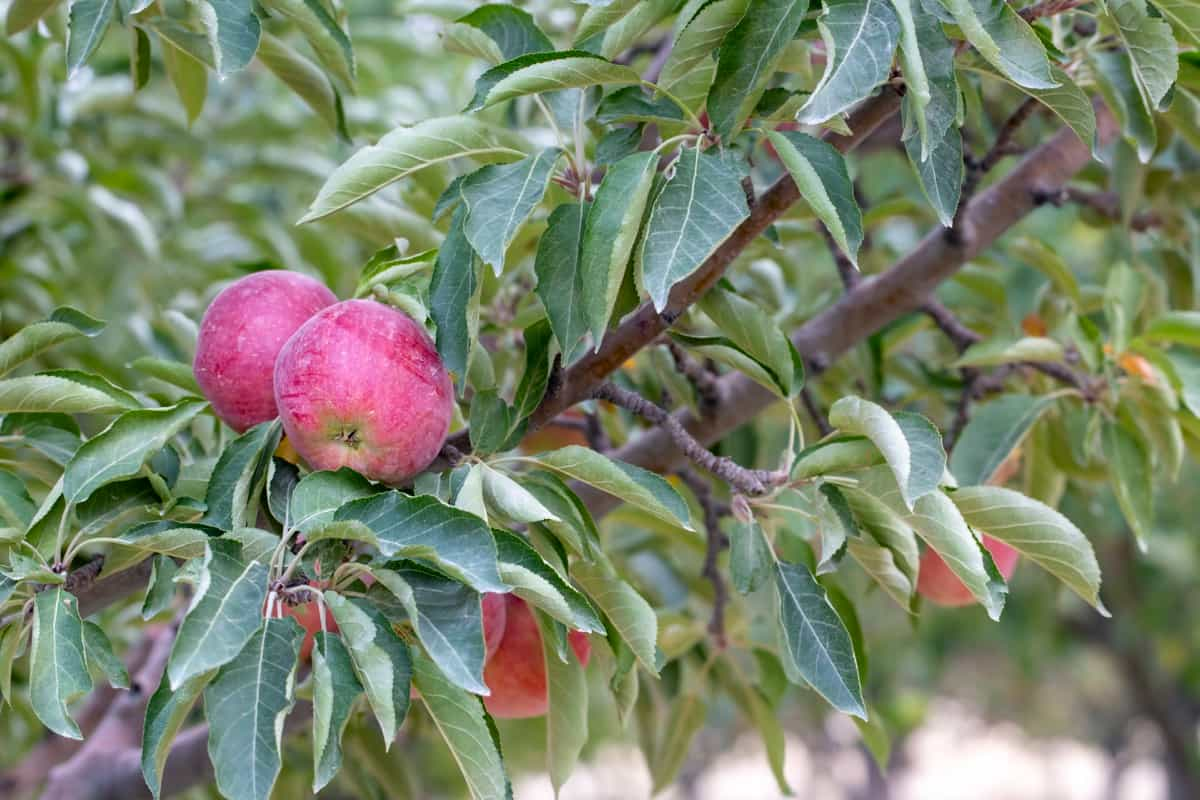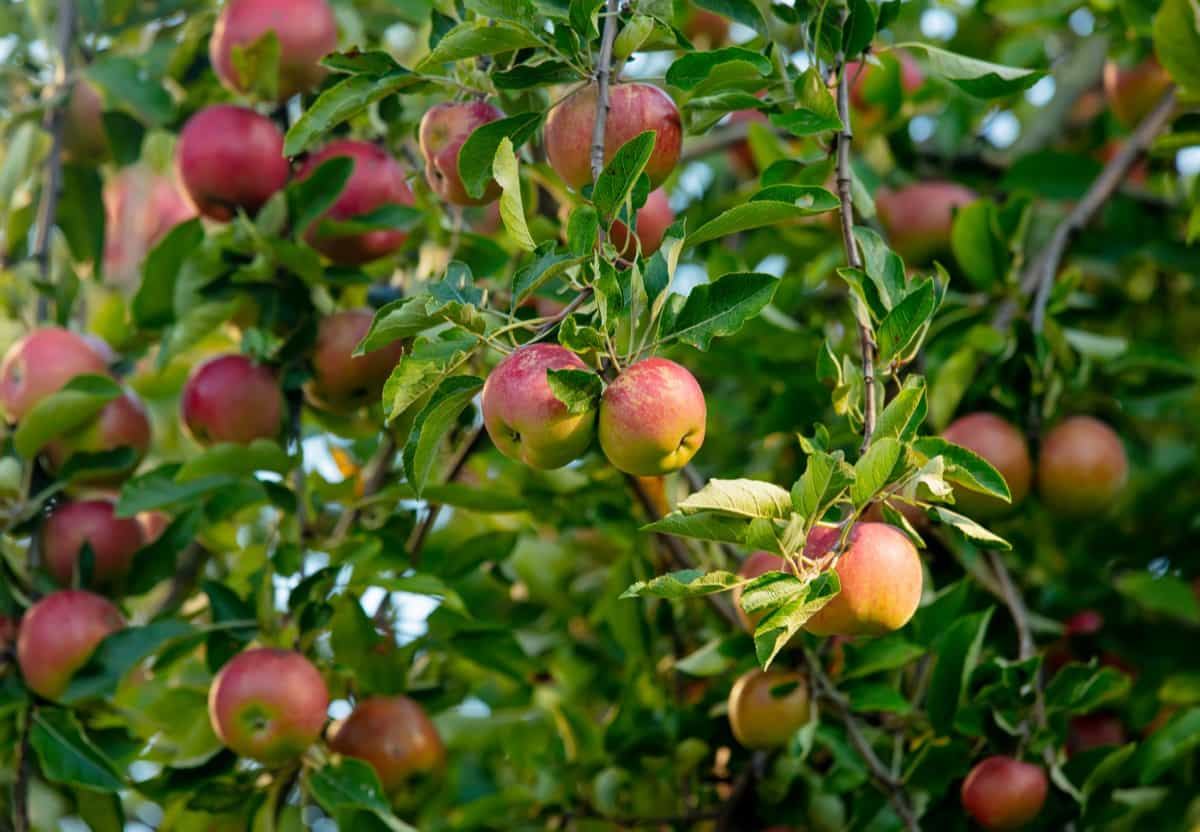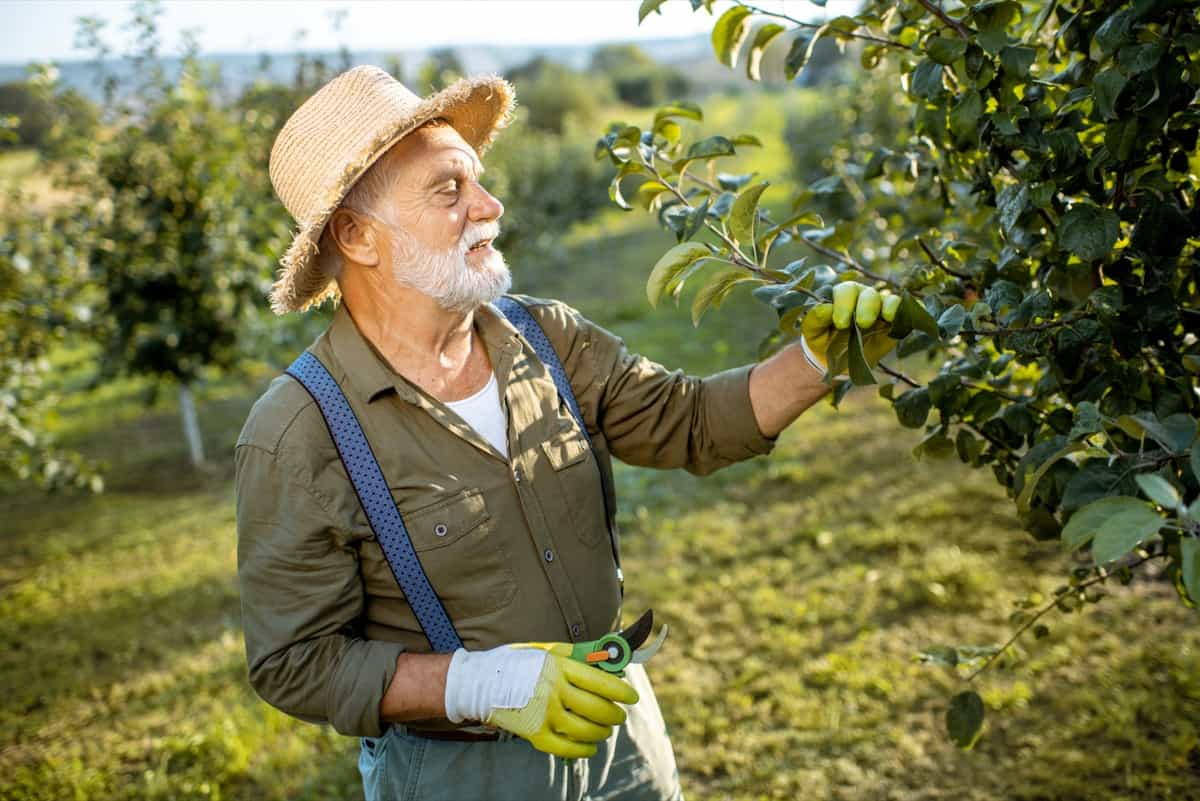Welcome to a comprehensive guide on safeguarding your apple trees from the menace of Cedar Apple Rust. This fungal disease, caused by Gymnosporangium juniperi-virginianae, threatens your orchard’s health. In this overview, we’ll explore the root causes behind Cedar Apple Rust, help you identify its symptoms, and discuss effective treatment methods.

Understanding the signs, from distinctive orange lesions to glistening spore-filled structures, is crucial. By delving into preventive measures such as proper tree spacing, timely pruning, and strategic fungicide use, you’ll be well-equipped to protect your apple trees. Join us on a journey to fortify your orchard against Cedar Apple Rust, ensuring fruitful harvests and the longevity of your beloved apple trees.
How to Prevent Cedar Apple Rust
Causes of Cedar Apple Rust
- Cedar Apple Rust is caused by the fungus called Gymnosporangium juniperi-virginianae.
- It requires both cedar and apple trees to complete its life cycle.
- The fungus overwinters on cedar trees, producing orange, gelatinous structures in spring.
- Spores from cedar trees infect apple leaves, causing yellow-orange spots.
- Moist conditions are crucial for spore release and infection.
- Warm temperatures accelerate disease development.
- Rust-resistant apple varieties exist.
- Control measures include pruning infected branches, managing cedar trees, and applying fungicides during apple tree growth stages.
- Regular monitoring helps detect early signs for timely intervention.
How to Identify Cedar Apple Rust with These Symptoms and Signs
- Look for orange spots on cedar branches in spring.
- Identify gelatinous horn-like structures hanging from the spots.
- Observe yellow-orange lesions on apple leaves, often with a rusty appearance.
- Note the seasonal occurrence, which is prevalent during wet spring weather.
- Watch for lesions on apple fruit, causing deformities.
- Recognize cedar trees as alternate hosts in the disease cycle.
- Understand the fungus’s two-host, annual life cycle between cedar and apple trees.
- Implement fungicides and cedar tree management for control.
The Life Cycle of Cedar Apple Rust
Cedar Apple Rust follows a fascinating life cycle, starting with spring spore release from cedar trees. These spores travel to apple trees, infecting leaves and creating orange lesions. During wet conditions, spore-producing structures emerge, releasing spores to reinfect cedar trees. The cycle continues, alternating between apple and cedar hosts.
In case you missed it: Management of Fungal Diseases on Apple Trees: How to Control and Prevent with Natural and Organic Treatment

It causes leaf spots and fruit infections on apple trees, impacting overall health. Understanding this cycle helps time preventive measures, like fungicide application during critical infection periods, ensuring a thriving orchard. Regular monitoring and timely interventions are vital for effectively managing Cedar Apple Rust and preserving tree health.
How to Prevent Cedar Apple Rust with Cultural Controls
Preventing Cedar Apple Rust involves cultural controls focused on juniper galls, the spore source. Pruning affected branches within a few hundred feet disrupts the infection cycle. Trim branches 4-6 inches below galls, reducing spore proximity to apple trees. Ensure pruning shears are disinfected to prevent further spread.
Immerse them in 10% bleach or alcohol for at least 30 seconds between cuts. Though spores can travel, targeting local sources significantly curtails the risk. Adopting these straightforward cultural practices safeguards your apple trees from Cedar Apple Rust, promoting a healthy orchard environment.
Integrated Pest Management (IPM) Strategies for Cedar Apple Rust
Integrated Pest Management (IPM) offers practical and environmentally friendly strategies to combat Cedar Apple Rust (CAR). Start by monitoring your orchard for early signs, like orange lesions on leaves. Prune infected branches promptly to reduce disease pressure. Choose apple varieties resistant to CAR, and consider planting cedar-resistant apple trees.
Implement cultural practices, such as proper spacing for air circulation, to create an unfavorable environment for the fungus. Encourage natural enemies like predatory insects that prey on CAR spores. When necessary, use fungicides selectively, following recommended guidelines. To stop tolerance, use fungicides that work in different ways regularly. Combining these approaches creates a holistic defense against Cedar Apple Rust while minimizing environmental impact and promoting long-term orchard health.
Use Biological Control Methods for Cedar Apple Rust
To manage Cedar Apple Rust, consider employing biological control methods for an eco-friendly approach. Encourage natural predators like ladybugs and lacewings, as they feed on rust spores. Introduce beneficial fungi such as Trichoderma that compete with the rust for resources. Utilize nematodes, microscopic organisms that target rust pathogens in the soil. Additionally, promote a diverse and healthy ecosystem in your garden to maintain a balance that discourages rust development.
In case you missed it: Prevention and Management of Fire Blight in Apple and Pear Treesle

These biological controls help mitigate Cedar Apple Rust without relying on chemical interventions, fostering a sustainable and environmentally friendly solution for your apple trees. Regularly monitoring and implementing these natural strategies contribute to a thriving orchard while minimizing the impact on beneficial insects and the surrounding environment.
Use Chemical Control Methods for Cedar Apple Rust
Fungicides such as myclobutanil and propiconazole are commonly used. Follow the directions on the package and use these chemicals when the tree is dormant, which is early spring. Ensure complete coverage, targeting both sides of leaves. Repeat applications may be necessary, especially during wet periods.
Following recommended dosage and safety guidelines protects plants and the environment. Chemical control offers a targeted approach, helping prevent the spread of Cedar Apple Rust and preserving the health of your apple trees. Always consult with local experts for the most suitable chemical control strategy.
Timing of Treatments for Cedar Apple Rust
For effective control of Cedar Apple Rust, timing is crucial. Begin preventive treatments in early spring before cedar trees produce spores. Apply fungicides when cedar trees exhibit orange galls, typically in May. Follow up with additional applications at two to three-week intervals during the primary apple tree infection period, usually during wet weather.
In case you missed it: How to Control Apple Pests: How to Get Rid of Them with Natural and Organic Treatment

Monitor weather conditions and adjust treatment timing accordingly. Late summer treatments may also be necessary if infections persist. A proactive approach, aligning treatments with the life cycle of the rust, ensures optimal control and protects apple orchards from this damaging disease.
Conclusion
Prevent Cedar Apple Rust by understanding its causes and identifying symptoms. Utilize cultural controls like pruning and Integrated Pest Management, choose resistant apple varieties, and employ biological or chemical methods. Timing treatments according to the fungus’s life cycle is crucial for effective management.
- Beneficial Insects in Pest Management
- Natural Solutions for Pest Control in Flower Gardens
- Types of Fungicides Used in Agriculture
- Common Issues in the Fruit Development Stage of Pomegranate Farming
- Fruit Development Issues in Papaya: Easy Solutions and Treatment
- Soil-Borne Diseases and How to Protect Your Plants
- Practices to Prevent Disease Spread in the Garden
- From Wilted to Thriving: How to Treat Root Rot Naturally in Houseplants
- Natural Remedies to Cure Brown Spots on Fig Tree Leaves